Get the best out of your next Japan trip with these savvy travel tips that you should definitely know!
Japan is the number one destination for 2025 and it is easy to see why. From catching the beautiful sakura season to finally visiting the new Donkey Kong Country at Universal Studios Japan, there are just so many reasons that make me want to visit over and over again.
One thing’s for sure though. Even after six trips to Japan, I still learn new ways to enjoy my trips. So I spoke to some of my Japanese friends to find out what are the best travel tips to truly enjoy all that Japan has to offer. Here’s what we came up with!
🇯🇵 Japan Travel Essentials 🇯🇵
Top things to do in Japan
- Attractions in Tokyo: teamLab Planets | SHIBUYA SKY | Tokyo Disneyland and Tokyo DisneySea | Warner Bros. Studio Tour Tokyo | Go Kart Experience
- Attractions in Osaka: Universal Studios Japan | teamLab Botanical Garden Osaka | Osaka Castle | Go Karting
- Visiting multiple attractions in a city? Get the Klook Pass Greater Tokyo (up to 48% savings) or Klook Pass Osaka (up to 43% savings)!
Getting around
- Airport transfer from Tokyo: Skyliner Narita Express | JR Narita Express (NEX) | Airport Limousine Bus
- Airport transfer from Osaka: Nankai Rapi:t Kansai Airport Express | JR Haruka Kansai Airport
Stay connected with our Japan 4G eSIM and find the best places to stay in Japan — plus exclusive hotel promos and bundle deals!
1. Choosing the best time to visit
There are generally three best seasons to visit Japan, each with its own charms. The Spring months of March and April are perhaps the busiest in Japan as sakuras bloom across the country. Autumn from September to November also brings cooler weather and stunning scenery of bright red maple leaves.
For those looking for a white snowy holiday, Winter from December to February generally transforms Hokkaido and the Japanese alps into winter wonderlands, perfect for snow activities.
Though not as popular, you can still enjoy Japan during the Summer months. June is a wonderful season to view the hydrangea flowers, and due to lower domestic tourism, you can also find more affordable flights and hotel rates easily. In July and August, you can also head to the mountainous Karuizawa or further north to Hokkaido where it is cool and perfect to explore the great outdoors.
It’s also a good idea to avoid the Japanese holidays like Golden Week (29 Apr to 5 May 2025) and Silver Week (13 to 15 Sep 2025) when the locals are also out in full force exploring!
2. Buy popular attraction tickets in advance
As one of the most popular destinations in 2023, Japan is expecting tourists to flock back in the millions. This is on top of their own locals who are theme park fanatics too. This has resulted in long queues at many top attractions like Disneyland and Universal Studios Japan.
To avoid disappointment, it is highly recommended that you purchase your tickets ahead of time, especially if you plan to visit during the high seasons.
Furthermore, there have also been many travellers sharing on travel forums that they face issues completing payment for their tickets using their overseas credit cards even on official attraction websites. In fact, it is stated on the USJ website that “Visa and Mastercard credit cards issued outside Japan are not available until further notice”.
#KlookTip: Enjoy instant confirmation for your attraction tickets on Klook. You can buy them up to 90 days in advance and pay using most major payment methods.
3. Save 10% with Tax-Free Shopping
One of the things that I simply enjoy has to be shopping in Japan, especially with the Yen at its weakest against most major currencies in years. Japan charges a 10% consumption tax on most items. However, as a tourist, you may be able to save on it at tax-free shops with a minimum spend of ¥5,000. Just look out for the “Tax-Free Shop” sign outside the shops and pay only at the tax-free counters!
Do note that you will need to produce your actual passport in order to process the tax-free shopping. So keep it handy in your bag!
Tax-free shopping is readily available at places like Bic Camera (electronics), Uniqlo (apparel), Muji (household items), ABC-Mart (shoes), Don Quijote (discount store), Matsumoto Kiyoshi (cosmetics), as well as department stores such as Daimaru and Takashimaya.
Items that qualify for tax-free shopping in Japan are generally classified into two categories - General Goods and Consumables. Regardless of category, items purchased are for personal consumption only and must be brought out of the country along with you.
General Goods refer to things like clothes, household items, bags etc, and you must spend a minimum of ¥5,000 before tax at a store in a single day to qualify. You are allowed to use these items immediately after purchase.
Consumables refer to things like food, cosmetics, alcohol etc, and you must spend anywhere between ¥5,000 and ¥500,000 before tax at a store in a single day to qualify. These items will then usually be sealed in a clear plastic bag that you will have to bring out of the country as it is within 30 days. You cannot consume these items or even open the plastic bag while in Japan.
Depending on how much you buy, you might want to request for the counter staff to pack your items into smaller bags instead of a single big bag so that you can pack it into your luggage easily.
Klook
Tip: If you're looking to buy cosmetics and everyday household items from tax-free drug stores, do take some time to compare the prices first as they may differ from shop to shop. Some of these stores do also offer additional promo codes for tourists, so you might want to look out for them online!
4. Bring a shopping bag along
Since 2020, Japan has passed a law to make it mandatory to charge for single-use plastic bags to cut their environmental impact. You’ll be expected to pay anything from ¥3 - ¥10 for one. So if you’re unwilling to do so or want to do your part for the environment too, it is highly recommended that you bring along a bag as you go about. You never know when a souvenir might just catch your eye!
5. Have a spare bag for trash
You would have heard of how clean Japan is. What’s even more surprising is that rubbish bins are actually hard to come by, even in public toilets and malls. So if you are going to be spending the day out, do remember to bring along a small bag to keep your trash in. You’ll probably only get to dispose of it when you’re back in your hotel.
6. Don’t walk and eat
Japan is well known for its street food. But did you know it is considered to be impolite if you were to walk around and eat them? I was surprised to see signs that say just that in some of the popular markets around Japan.
Instead, what you should do is consume it right outside the stall. You’ll not only get to enjoy it immediately, the best thing is that you can return any leftover packaging to be disposed of. Remember the point above? If you do walk away, you may find yourself stuck with the trash for a long time.
7. Bring some cash along with you
While it is quite common to see credit cards and contactless payments being accepted now in Japan, I still found myself paying for a lot of street food using cash. Some restaurants, especially those that require you to order through a vending machine, also prefer cash payments.
That said, most other established shops like Uniqlo, ABC-Mart, and even convenience stores do accept credit cards. So come prepared with a mix of cash and credit.
Klook Tip: ATMs are widely available at department stores and even convenience stores like 7-Eleven and FamilyMart. You can easily withdraw cash using your credit card or multi-currency account debit card should you need to.
8. Download these apps to make travel more convenient
Travelling around Japan can get a little overwhelming, especially with the language barrier, multiple transportation systems, and complicated city layouts. Besides the usual Google Maps to navigate, here are some other apps we recommend:
- Japan Travel by Navitime: If you plan to travel a lot via trains and buses, this app will give you the best route recommendations. You can also select which JR Pass you have for it to show you options that are covered by your pass. [Apple Store | Google Play]
- Google Translate: Besides the usual translation service, the live camera translation function is a life-saver when you are given a menu only in Japanese. So you don’t have to guess what you’re ordering! [Apple Store | Google Play]
- Gurunavi: There’s definitely no shortage of food options in Japan. Use this review app to help you find the best food haunts because every meal counts! [Apple Store | Google Play]
9. Use the Suica/PASMO card on your iPhone instead of buying one
If you are planning to use public transportation in Japan quite a bit, which you should, then getting a Suica or PASMO card would make things easier. It’s Japan’s EZ-Link card equivalent. And instead of getting a physical one, you can now add one directly to your iPhone Wallet app and top it up using Apple Pay.
This will save quite a bit of trouble to first get the card and do manual cash top-ups every now and then.
Klook Tip: Don’t worry about any leftover funds in your card wallet. You can easily spend them on vending machines, storage lockers, and also at convenience stores. There’s always something to buy!
10. Avoid travelling on trains during rush hour
You may have seen those videos of people squeezing onto trains that are already filled to the brim. I’ve been told by my Japanese friend that it is real. Though with more people working from home these days, the situation isn’t as bad.
But safe to say, if you are going to be travelling in the major cities, like Tokyo and Osaka, do avoid the peak travel hours of 8am to 9:30am, and 5:30pm to 7:30pm.
11. Buy your Japan Rail Pass in advance
If you’ve been reading up about Japan, you would have heard a lot about JR Passes and the need for it to get around. There are more than 30 regional passes as well as the Whole Japan one. So should you decide on getting one, I’m going to share why you should get your JR Passes in advance.
Firstly, you need to get the JR Pass online with an overseas partner like Klook. You will no longer be allowed to get one after arriving in Japan, even at the airport or major train stations.
Next, for JR Passes that require a physical Exchange Order, you will have to receive this before you arrive in Japan. This Exchange Order will be delivered to your mailing address within 7 days of booking on Klook. So it is highly recommended that you book your JR Pass at least a week or two before you travel!
Klook Tip: Still have not made up your mind on which JR Pass to buy? Check out our nifty app that shows you the areas the different JR Passes cover!
12. You may not always need a JR Pass
This is not so much as to confuse you right after telling you about the JR Pass. Hear me out. If you’re travelling only within a city or between two cities, like Osaka and Kyoto, then there may be other travel options that may meet your needs.
Transport Pass | Major Places Covered |
Osaka, Kyoto, Uji | |
Osaka, Kyoto, Kobe, Nara, Himeji | |
Osaka, Kyoto, Nara, Nagoya | |
Round-trip between Tokyo and Hakone, Hakone Transportations |
Transport Pass | Major Places Covered |
Osaka, Kyoto, Uji | |
Osaka, Kyoto, Kobe, Nara, Himeji | |
Osaka, Kyoto, Nara, Nagoya | |
Round-trip between Tokyo and Hakone, Hakone Transportations |
Alternatively, if you’re travelling only from one city to another, you can also purchase one-way Shinkansen tickets instead of forking the money out for a JR Pass. For example, a Tokyo to Osaka Shinkansen ticket will cost around ¥13,870 of a Whole Japan JR Pass that costs ¥50,000.
Once you are in the city, you can also choose to buy a local subway or metro card that gives you unlimited travel over a 1 to 3-day period. The Tokyo Subway Pass starts from only ¥800, while the Osaka Metro Pass goes for o
nly ¥820.
13. Measure your luggage before taking the Shinkansen
Listen up if you’re planning to travel on the Tokaido, Sanyo or Kyushu Shinkansens. The most common route would be the Tokaido that connects Tokyo and Osaka with a stop at Kyoto too.
You will have to measure your luggage to ensure that it is not more than 160cm when you add up the length + width + height. Suppose you have a cabin-sized luggage or something not bigger than 24”. In that case, you are safe to store it on the overhead rack on board the Shinkansen.
If your luggage is more than 160cm, which usually translates to something bigger than the usual 26” suitcase, you will have to make a reservation for a seat that comes with an oversized baggage area. This is usually the last row of seats on selected train cars. Failure to do so will result in a ¥1,000 penalty.
Klook Tip: Things like sports equipment and strollers that measure more than 160cm will also require a reservation should you wish to store them in an oversized baggage area.
14. Use a luggage forwarding service
If there’s one thing I don’t like about travelling is the need to drag a bulky suitcase all around as I travel from place to place. Thankfully in Japan, they’ve got you covered with a luggage delivery service. This is especially useful if you’re going to be using a lot of local transportation and making stops along the way.
Luggage forwarding services, like Yamato, are quite affordable and can get your luggage from Tokyo to Osaka in just a day or two! Ask your hotel receptionist if they can help arrange the pick up directly from the hotel. You can also send your luggage to and from the airport if they have a counter available!
Klook Tip: If you still wish to bring your luggage along as you explore Japan, don’t worry as coin lockers are widely available at train stations. The large lockers can easily fit a 26” luggage for around ¥700.
15. Make time to explore outside of the cities
A lot of first-time visitors to Japan will choose to visit the main cities of Tokyo and Osaka. While they are great destinations to kickstart your Japan adventure, their cosmopolitan nature and the constant hustle and bustle may make it overwhelming for some.
I would definitely recommend that you make time for day trips or even spend a few days out of these cities to see another side of Japan. Even the other tourist hotspots of Kyoto, Nara, and Hakone will offer you an entirely different Japanese experience!
16. Go off the beaten track by driving
While Japan’s transportation system is known for its efficiency and wide coverage, the one thing I found stressful is always having to make it on time for the train. It’s not so much of an issue in the major cities where trains are frequent, but when it comes to certain smaller towns, trains may not be as frequent. And the need to always watch the time just so we can make the train makes travelling that much more stressful and less spontaneous.
That’s why during a trip to Kyushu, I chose to drive. Car rental is affordable, usually starting from only $60 a day. You can easily navigate with Google Maps or the onboard GPS. Parking is also relatively cheap in the smaller towns, though you may want to check if your hotel offers free parking. Most importantly, driving is relatively easy out of the cities as drivers are patient and road signs are also in English.
One of my core memory of that trip would be driving by a fruit farm by chance. And I was sure glad I did. I got to snip the famous kyoho grapes right off the vine at only a fraction of the price I would otherwise need to pay at Donki!
Klook Tip: You will need an International Driving Permit to rent a car in Japan. So do get one ahead of time!
17. Stay a night in an onsen ryokan
One of the most luxurious and romantic things to do in Japan has got to be a stay in an onsen ryokan, a traditional Japanese inn that comes with its own natural hot spring. That’s not all. A night’s stay usually comes with a kaiseki dinner, which is an elaborate meal that often features the region’s best seasonal produce, such as wagyu beef, sashimi, and even fruits and vegetables.
18. Book popular restaurants ahead of time
Long lines in front of restaurants are quite a common sight in Japan, especially those featured in travel blogs or even in the Michelin guide. Those without a line may also mean that they have already been fully reserved. I’ve been turned away at the door at one Kyoto restaurant twice now even though I was there at their opening time.
So if you plan to have that good meal at these top restaurants, making a reservation will be your best bet. Most might not have a direct booking system like those we are used to in Singapore and may rely only on phone reservations. You can try asking your hotel for a favour, they may just oblige!
Klook Tip: You can now make reservations at top
restaurants on Klook!
19. Check the expiry dates of souvenir snacks
Japan is well known for its exquisite snacks. And no matter where you travel to, each town or region will have their own local speciality that you’ll find hard to resist. But before you do some crazy shopping to bring them home as souvenirs, don’t forget to check the expiry dates of these snacks. Most have a relatively short shelf life as they are freshly made daily and contain little or no preservatives.
So it’s always a good idea to buy them only towards the end of your trip. The major airports will usually have a ready stock of the region’s must-buy souvenirs too!
20. What you heard about konbinis is probably true
Even before visiting Japan, you would have heard of how amazing Japanese konbinis (aka convenience stores) are. It’s true. From ready-to-eat onigiris and meals to amazing desserts, and even warm bottled milk tea, you can definitely settle your meals any time of the day there. Coffee lovers who find it hard to get a cuppa in Japan can also satisfy their cravings with freshly-brewed coffee and latte at these stores too.
Each convenience store chain also has its own speciality. Get the fried chicken at Lawson and FamilyMart, and also oden at 7-Eleven! Don’t forget to check out the ice cream section too!
#KlookTip: The 7-Eleven stores in Kyoto also stock limited-edition matcha snacks, such as dorayaki and sponge cake. They are amazing!
21. Be polite
Japanese are also well known for their politeness and deep-rooted traditions. Just look at how their fans were cleaning up the stadiums during World Cup! From food etiquette to travelling on public transport, there's a whole list of things to do and things you are best to avoid, but luckily for you, we've got you covered with yet more tips on Japanese etiquette!


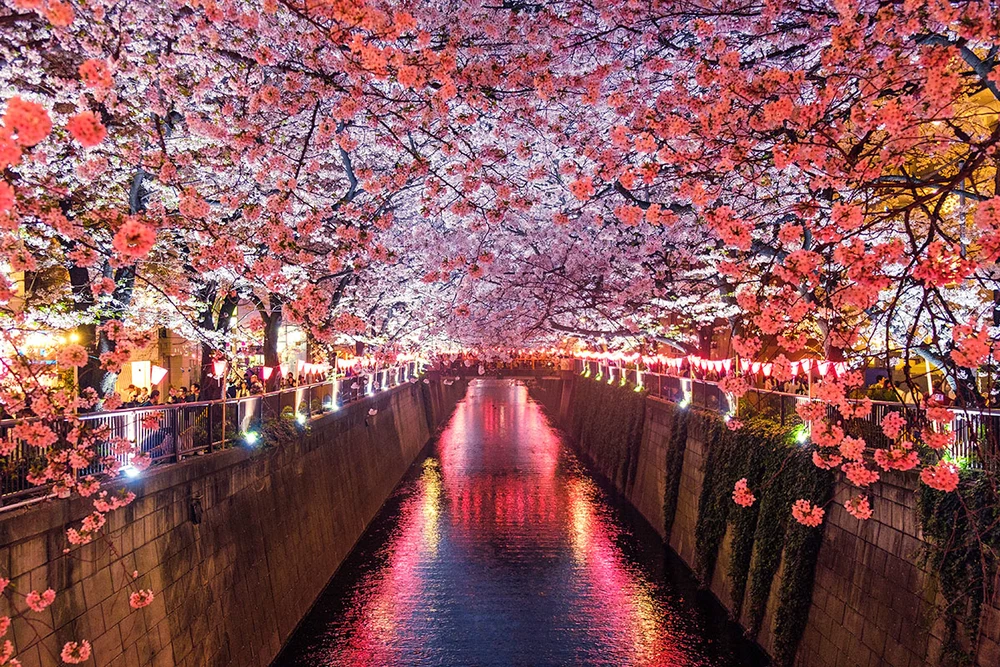
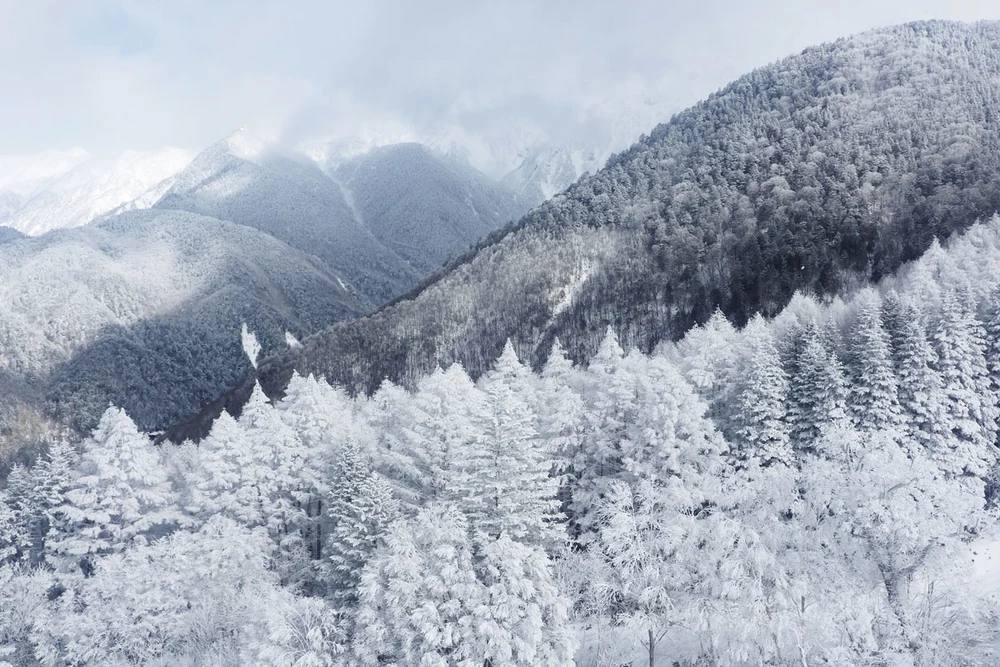

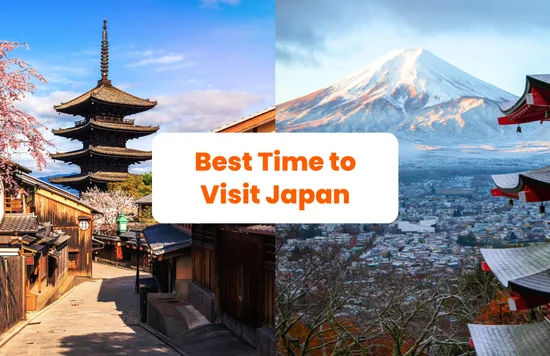
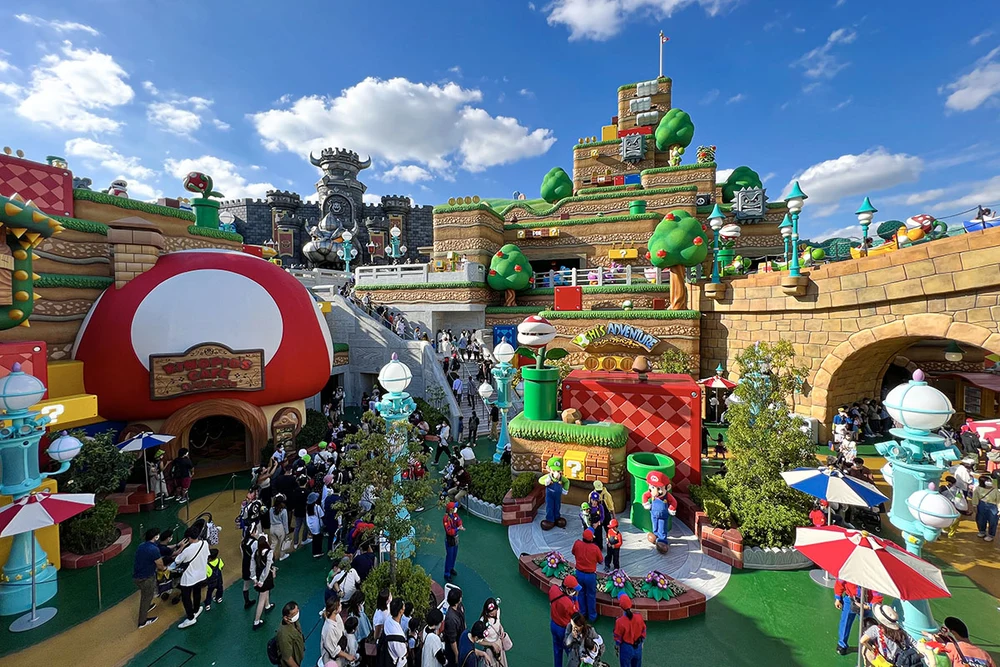

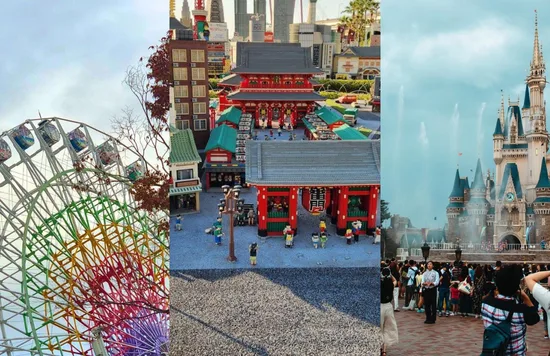
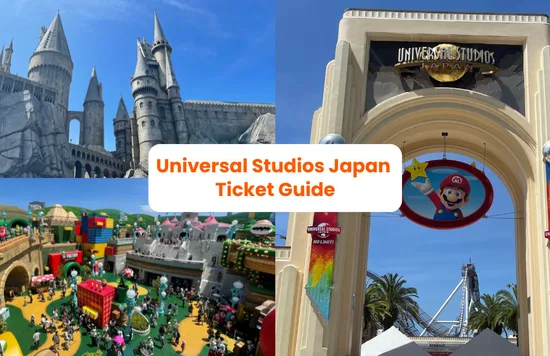
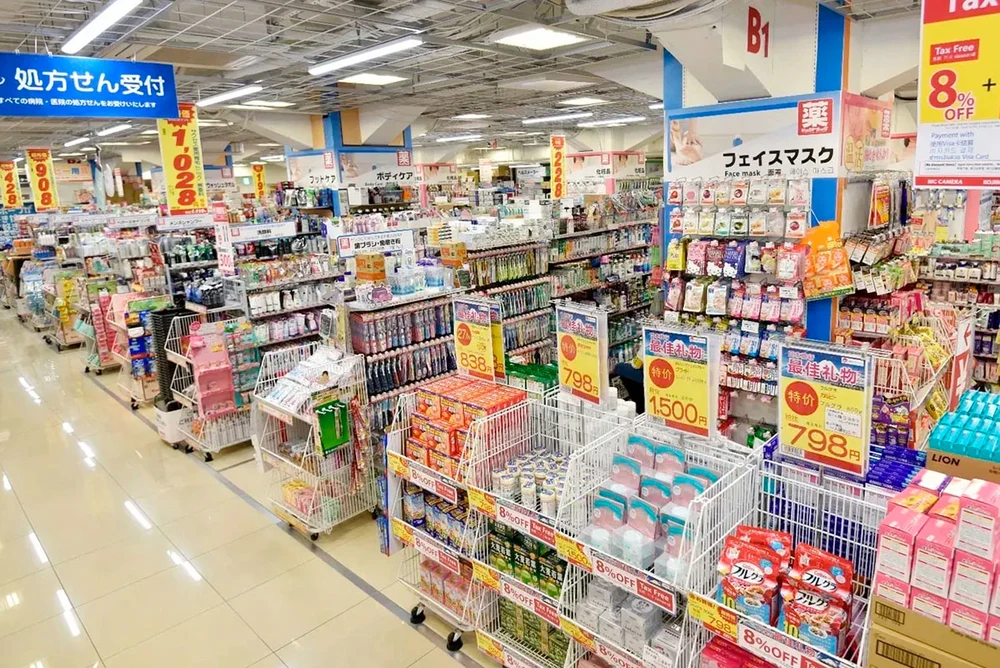

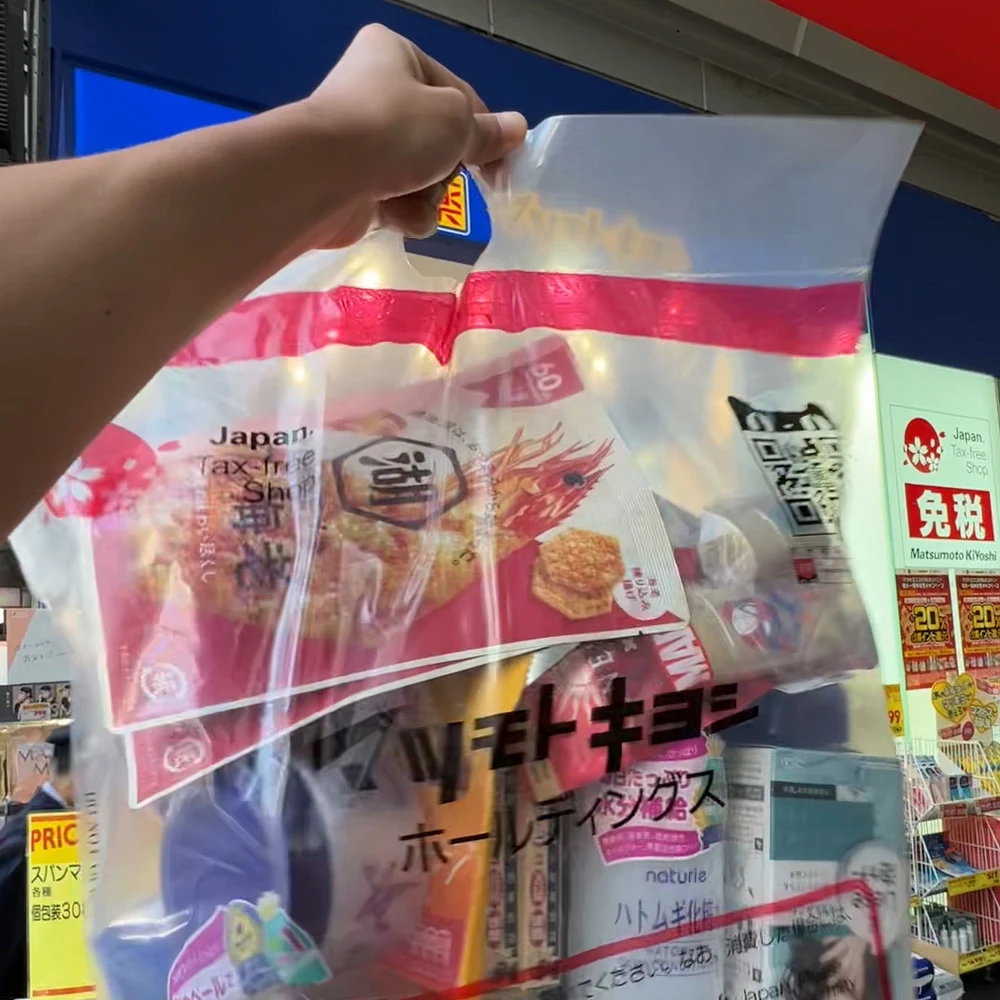
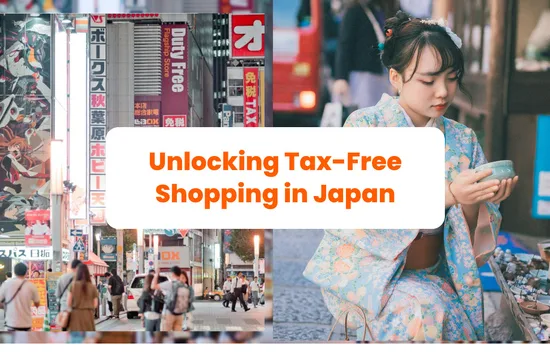
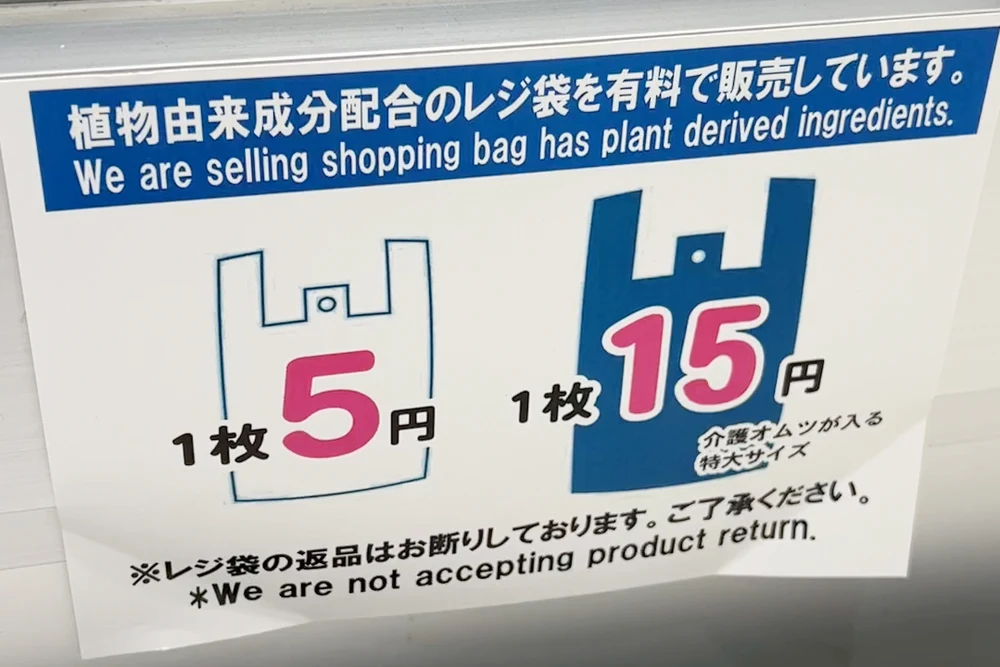
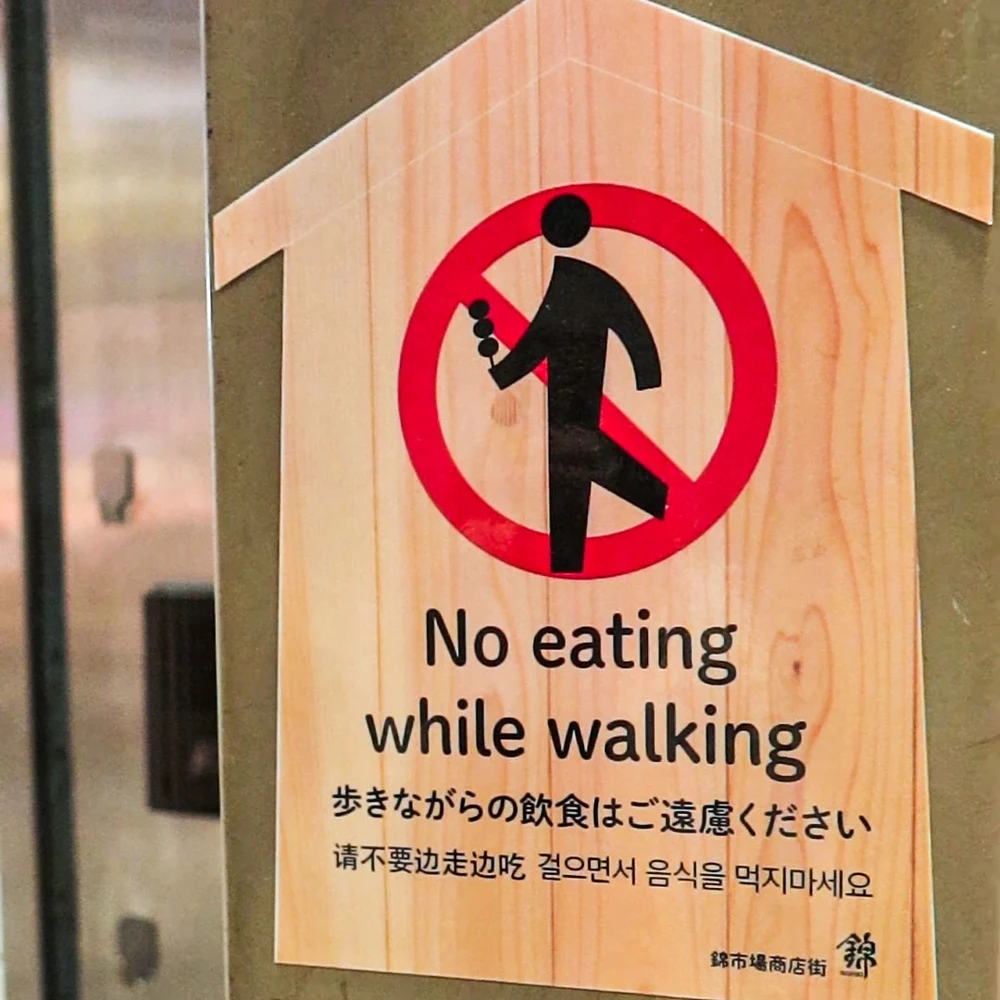
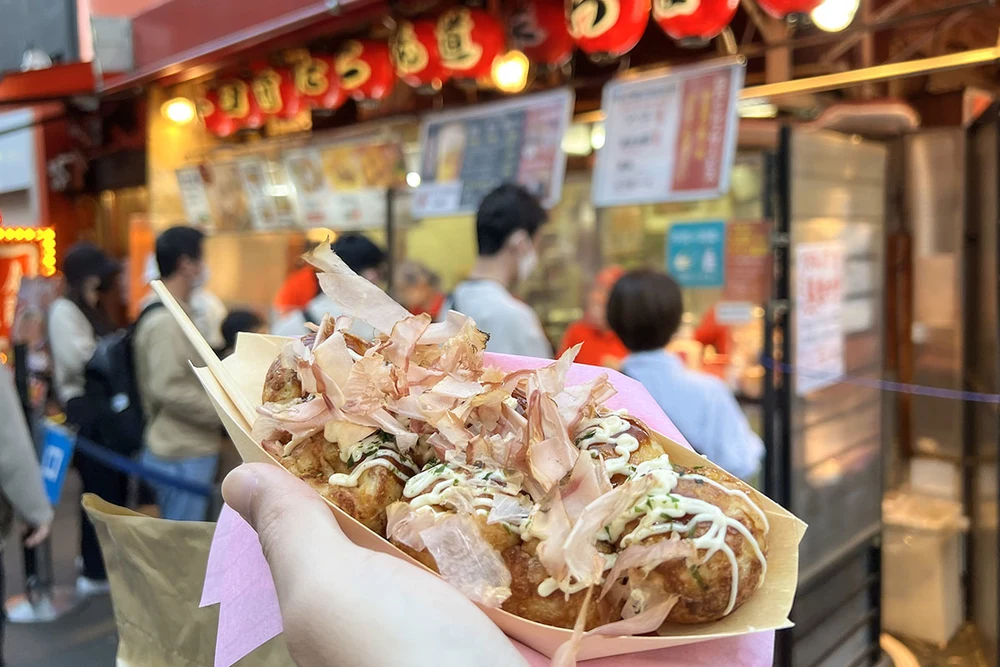
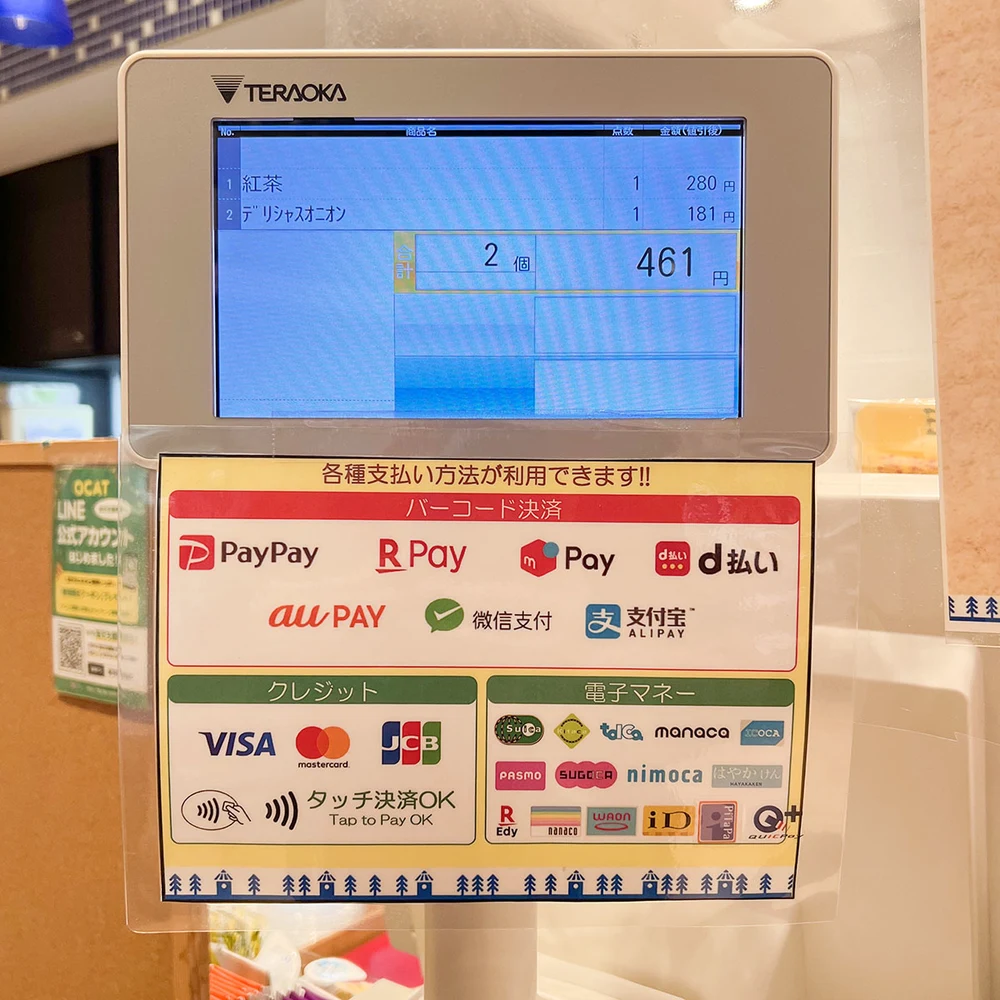





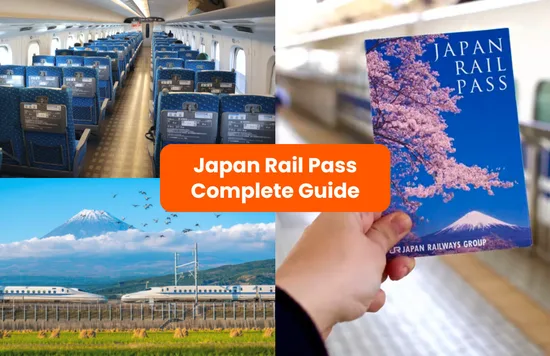

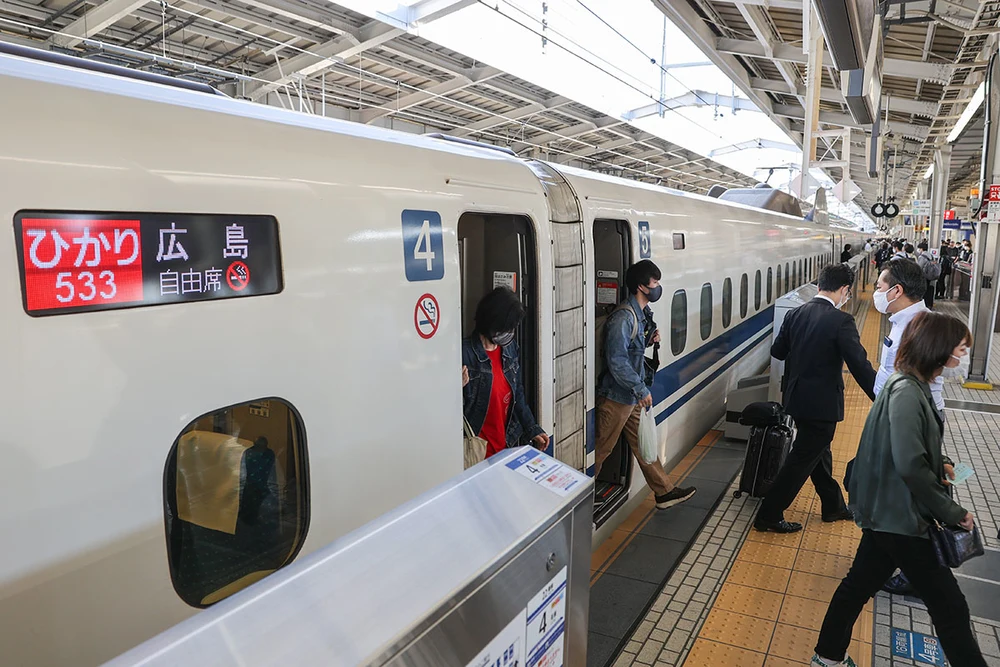




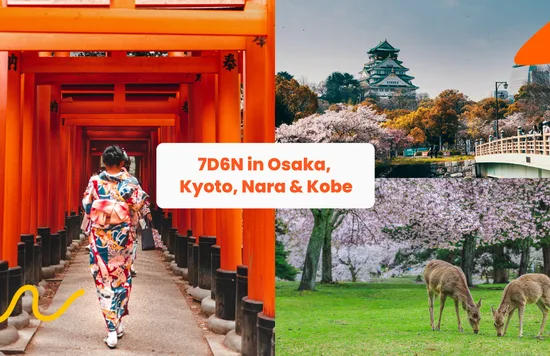
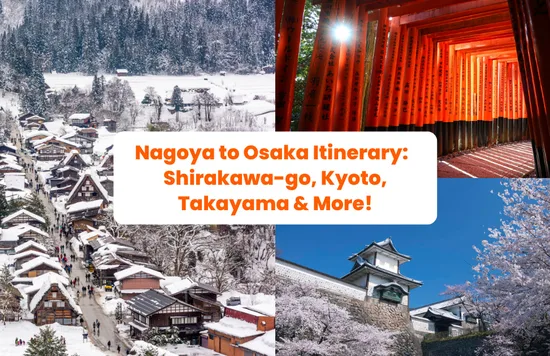





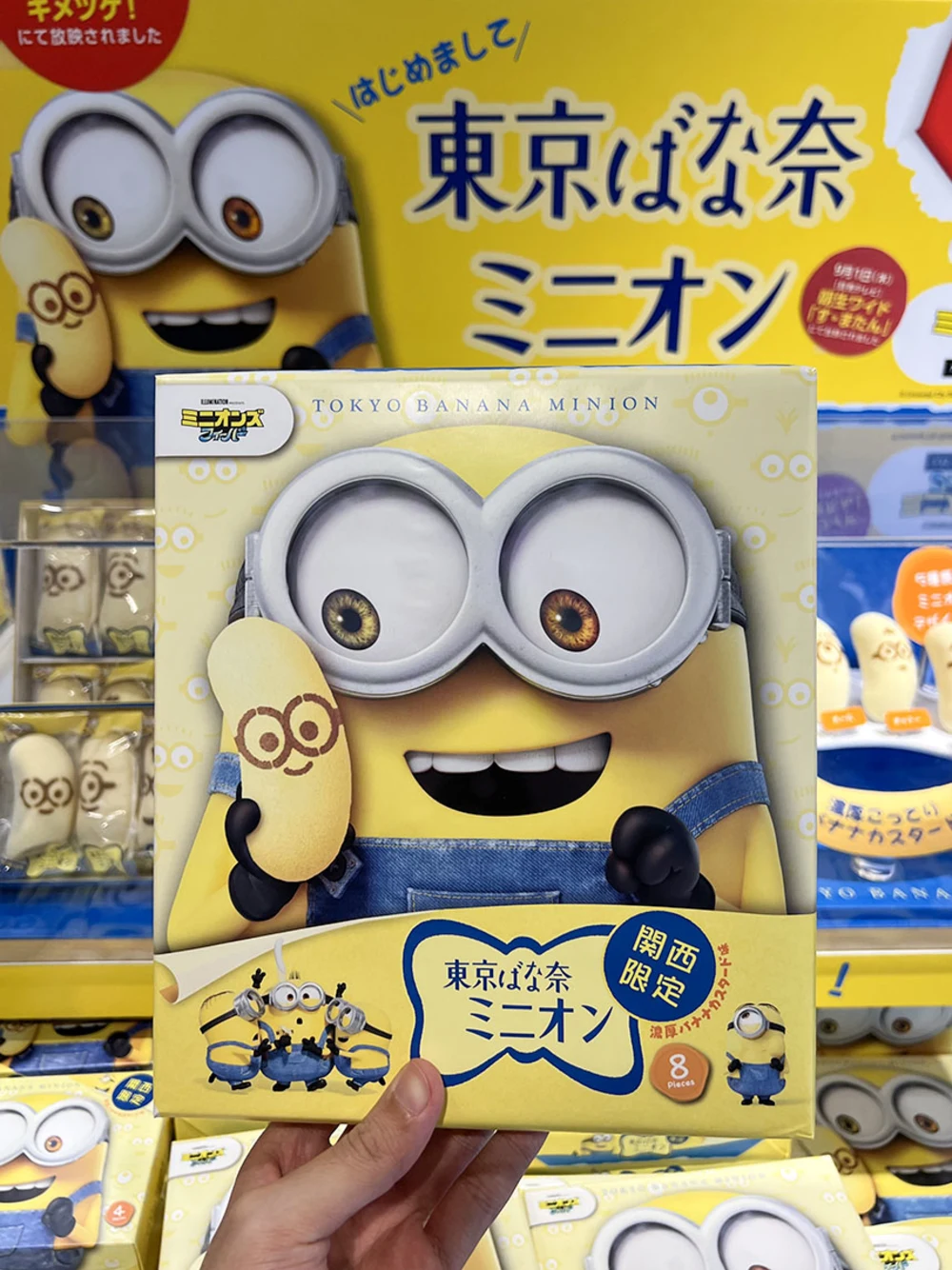

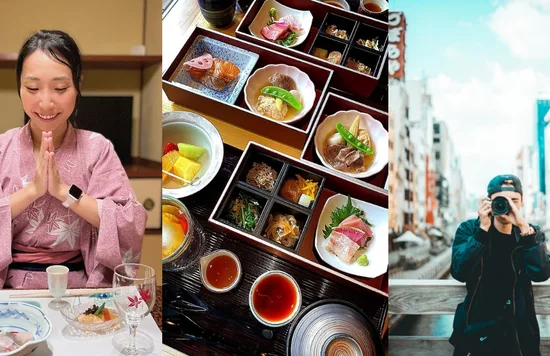
![[global] Japan Kid-Friendly Itinerary Blog Cover](https://res.klook.com/image/upload/fl_lossy.progressive,q_85/c_fill,w_550,h_356/v1730430369/jhffwcljditmuftnxgff.webp)


















